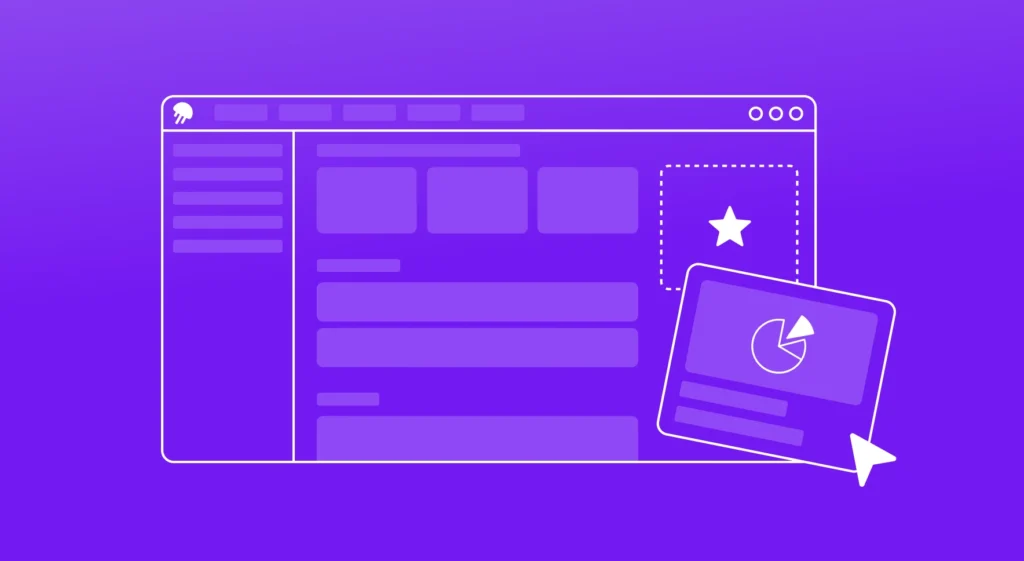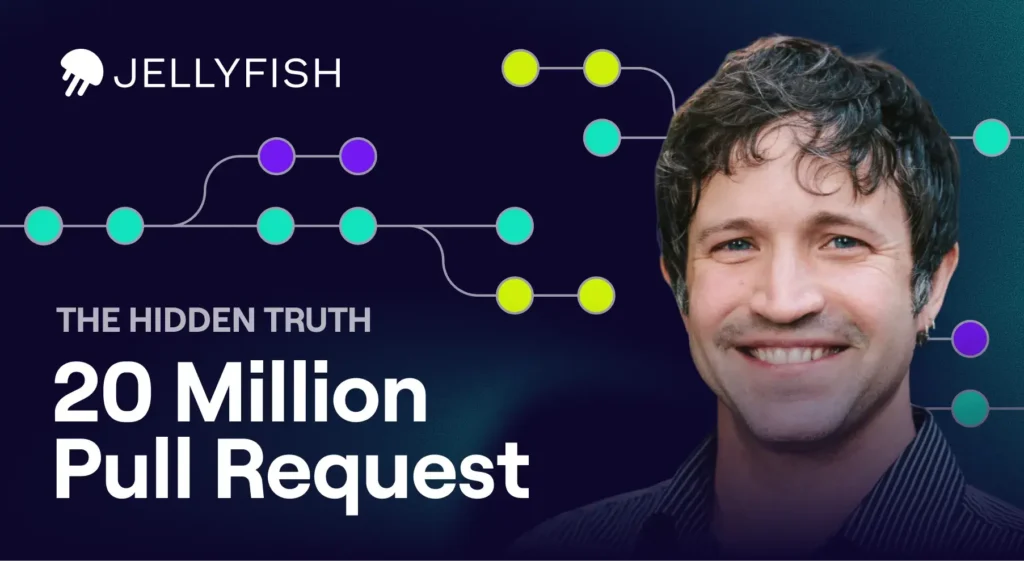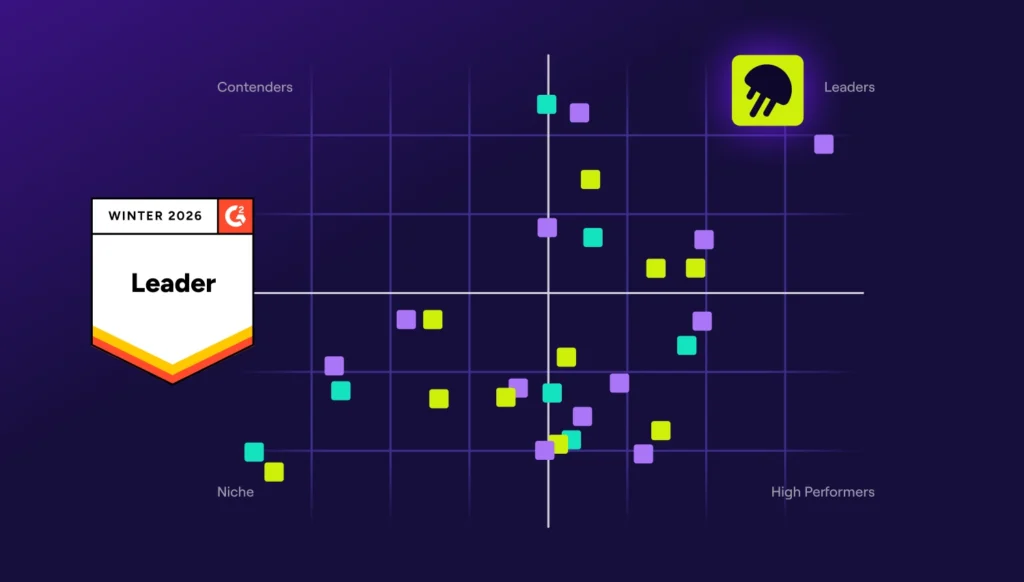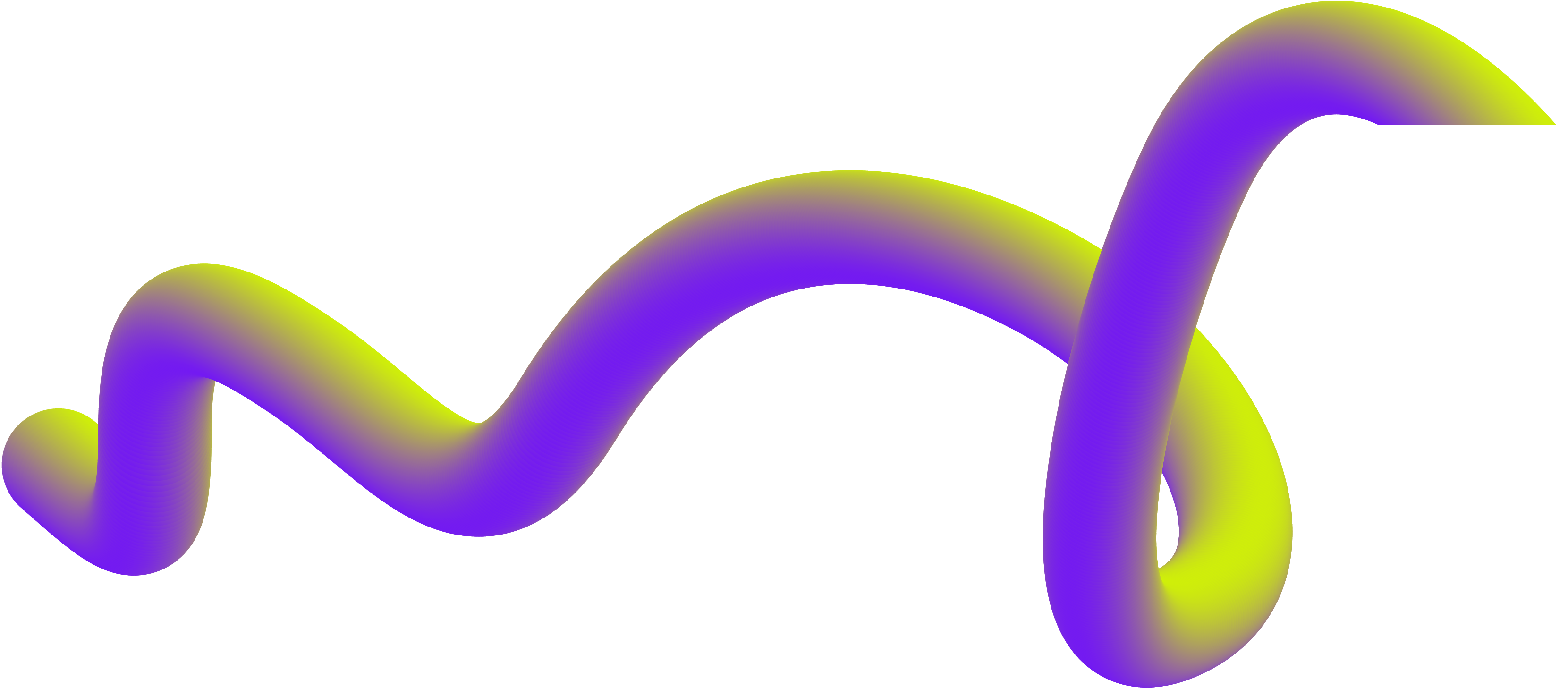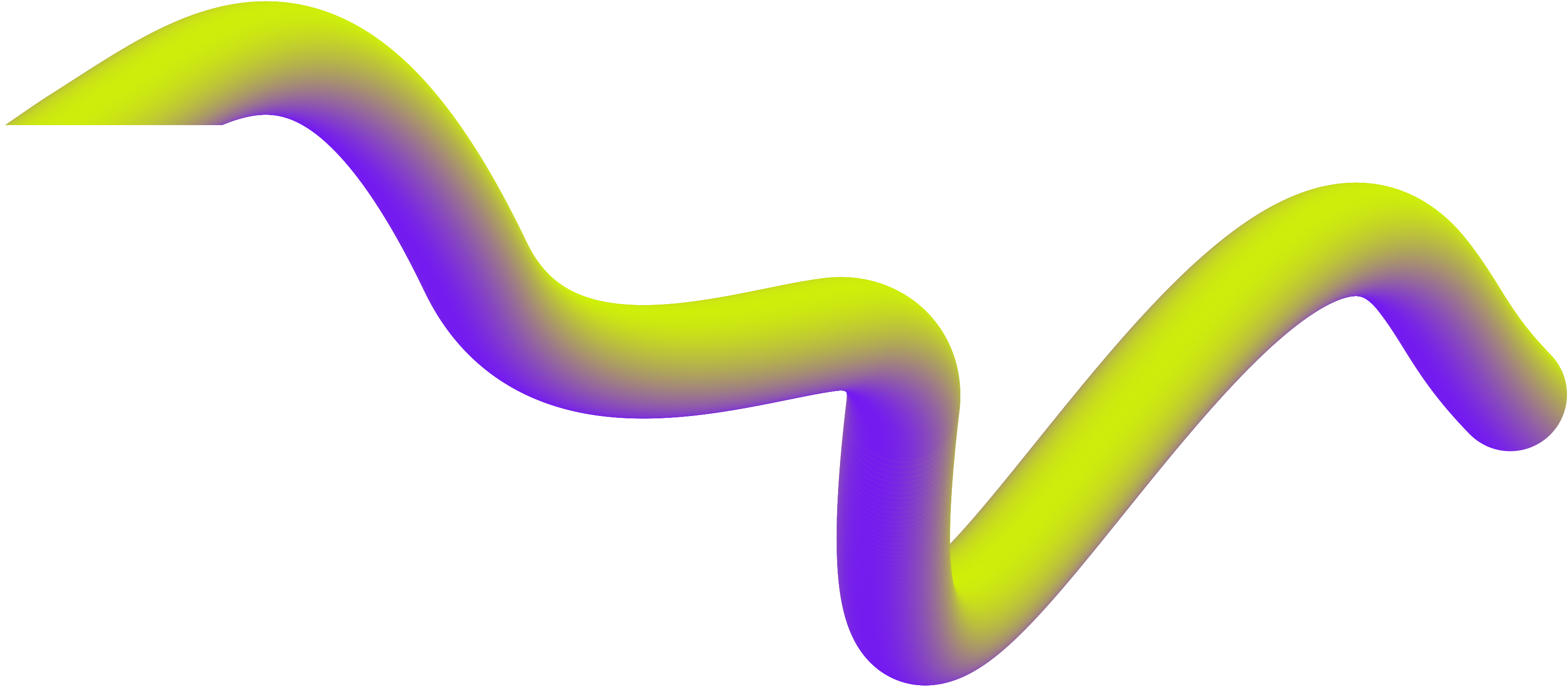A generative-first strategy
Ada is an AI-powered customer service automation platform that allows enterprises to resolve customer queries across messaging, email, phone, and SMS. With Ada’s AI customer service platform, organizations can deliver high-quality customer service while achieving an eightfold cost reduction compared with human agents.
Ada recently pivoted to a fully generative product, an evolution of their established declarative solution. By tapping into the latest AI models, Ada can offer a more personalized user experience, faster issue resolution, and at a fraction of the effort to the customer service team. Yet this shift in focus also presents Ada with a challenge — providing support for existing customers while exploring new, innovative solutions. Achieving this balance requires an engineering environment in which reliability and experimentation can co-exist.
Will Mora, Head of Engineering at Ada, joined the company in 2022 just as the Engineering team was realigning to support the generative-first strategy. With a new direction and fresh mandates, the Engineering team needed to prioritize allocating resources to support Ada’s vision. Ada needed a clear view of its engineering operations, yet their previous metrics solution failed to provide top-down visibility.
“I really had no clear understanding of work allocation or how the team was spending their time,” said Mora. “We needed something that could give us visibility into how teams were working, but from a business lens.”
Ada understood that long-term success meant investing resources in line with organizational goals. They started using Jellyfish allocation metrics to find out how teams were operating and identify areas for improvement.
Improving alignment and discipline with allocations
Ada’s Engineering leaders had a clear set of targets for resource allocation: 60% roadmap delivery, 30% technical investments, 10% customer support. But before Jellyfish, Ada had no way to track how closely teams were meeting these targets. Because of that lack of visibility, they risked over-investing in some areas and leaving others short.
By switching to Jellyfish, Ada gained instant visibility into what teams were working on. Engineering leaders could see how much time teams dedicated to fixing bugs or developing new features, and they could start aligning investments with Ada’s allocation goals.
Will Mora Head of EngineeringJellyfish provided a gold mine of data. Now we can see if we’re under or over investing in any area. Jellyfish has become our go-to dashboard to understand how we’re operating as a team at a glance.
Ada’s long-term success relies on adequate investment in technical improvements: scaling infrastructure, refining product development, and increasing system reliability. Jellyfish data has been particularly useful in driving resources towards technical investments, resulting in consistent double-digit increases. “If we compare this quarter with the previous quarter, there was a month where we saw an 80% increase in investments in technical improvements, another month it was 40%,” explained Mora. “These gains align perfectly with the business objectives we set at the start of the quarter.”
Ada benefits from the holistic view of team performance that Jellyfish provides. They use the platform to spot patterns or outliers and identify areas of interest, rather than zoning in specific data points. One exception is “days with commits”, a metric that Ada monitors closely. If their numbers dip below the industry benchmark provided by Jellyfish, it signals a bottleneck that needs to be addressed. Tracking “days with commits” has helped Ada identify areas for improvement and rank in the top 97% for their industry.
Measuring the impact of generative AI
Artificial intelligence runs through Ada’s DNA. Engineering leaders encourage teams to experiment with the latest AI releases and explore ways to improve products using these technologies.
“We’re doubling down on generative capabilities,” explained Mora. “I want us to quickly understand how we can apply new releases to our product. That doesn’t mean we’re going to put everything into production. It’s about experimentation and having a broad perspective on how we can use these tools to make our product better.”
Ada uses Jellyfish to measure the results of their generative AI experimentation. Jellyfish’s GitHub Copilot dashboard shows Ada has achieved a 14% improvement in cycle times using the AI coding system. Access to this data allows Ada to make targeted AI investments — prioritizing the tools that have the greatest impact on team performance and productivity.
With AI evolving at speed, Mora anticipates a future in which AI developers handle routine tasks with greater autonomy, potentially redefining the role of a software engineer to focus on more complex and strategic work.
A “one-stop shop” for executive reporting
Ada’s 2025 strategic plan will be informed by Jellyfish insights and opportunities. Ada aims to map out and measure quarterly work with greater accuracy, taking advantage of Jellyfish delivery metrics and other tools they are yet to explore.
“Estimates are always a challenge,” said Mora. “I want Jellyfish to be the tool that helps us consistently meet that number”.
Will Mora Head of Engineering, AdaJellyfish helps us have more confidence in our commitments. We expect teams to deliver upwards of 90% of what they commit to a roadmap on a quarterly basis
Ada also plans to draw more Engineering health metrics into Jellyfish. Consolidation will help Engineering leaders prepare reports more efficiently — rather than consulting multiple sources, they’ll have everything they need in one place. This new approach also allows for clear, consistent insights and more impactful reporting.
“We track key metrics such as unhandled errors and security vulnerabilities and report the findings to the Engineering team every week,” said Mora. “We’re not currently using Jellyfish for this — instead we get data from different sources — and it’s a bit of a manual lift. The more I can leverage Jellyfish as a one-stop-shop for executive reporting, the better.”
